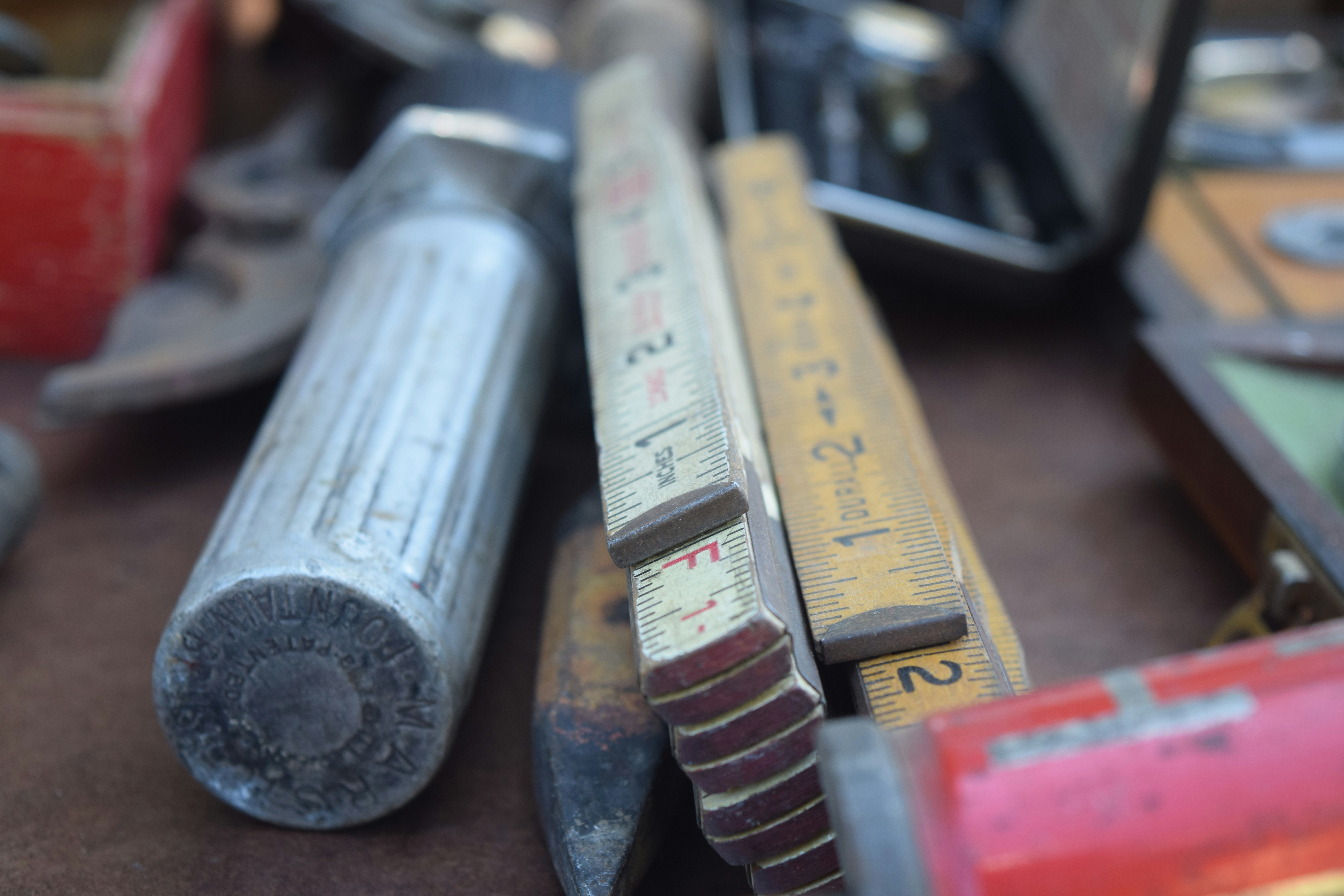The Importance of Precision in Measurements
Precision is a critical factor across numerous industries, including construction, engineering, and manufacturing. In these sectors, the accuracy of measurements directly influences project outcomes, product quality, and operational efficiency. When measurements are precise, they ensure that various components fit together as intended, thereby reducing the likelihood of costly errors and delays. Conversely, inaccuracies can lead to significant financial losses and safety hazards.
For example, in the construction industry, a small error in measuring dimensions can result in structural flaws that not only jeopardize the integrity of a building but also pose potential hazards to workers and occupants. The National Institute of Standards and Technology (NIST) notes that construction inaccuracies can lead to wasted materials and extensive rework, costing the industry millions annually. This highlights the vital role precision plays in ensuring safety and minimizing expenses.
Similarly, in engineering, projects often rely on precise measurements to achieve desired specifications. For instance, in aerospace engineering, the tolerances for certain components can be as strict as one-thousandth of an inch. Any deviation could lead to catastrophic failures, undermining both product reliability and safety. According to the Aerospace Industries Association, industry-wide reliance on meticulous measurements ensures that products perform optimally while adhering to stringent safety regulations.
In the manufacturing sector, precision is equally paramount. It is estimated that poor measurement practices can reduce production efficiency by 25% or more. Accurate measurements contribute to enhanced quality control, minimizing defects, and maximizing output. When manufacturing processes utilize state-of-the-art measuring tools, companies can not only enhance productivity but also uphold customer satisfaction by delivering high-quality products consistently.
In summary, the importance of precision in measurements cannot be overstated. Whether in construction, engineering, or manufacturing, accurate measurements are foundational to success, safety, and efficiency, underscoring why precision should always be prioritized across industries.
Types of Professional Measuring Tools
In a variety of industries, precision is imperative, making the choice of measuring tools critical. Professional measuring tools come in various forms, each specifically designed to cater to different measurement needs. Among the most common types are calipers, laser distance meters, and micrometers.
Calipers are versatile instruments used to measure the distance between two opposite sides of an object. They come in several forms, including digital and dial calipers, which display measurements on an easy-to-read screen or dial. They are often utilized in fields such as engineering and woodworking, where measurements to the millimeter or inch can significantly impact the outcome of the work. The ease of use and portability of calipers make them an essential tool for professionals.
Laser distance meters represent a more advanced category of professional measuring tools. These devices utilize laser technology to provide highly accurate distance measurements over considerable distances. Ideal for construction and architecture, they can calculate lengths, areas, and volumes quickly and efficiently, streamlining the measurement process. The integration of digital displays and sometimes Bluetooth connectivity further enhances their functionality, allowing for seamless data transfer and record-keeping.
Micrometers, on the other hand, are precision measuring devices used primarily for measuring small dimensions with utmost accuracy. They are capable of measuring thickness, diameter, and other small distances, typically within a range of millimeters. Used in fields such as mechanical engineering and manufacturing, micrometers ensure that components fit together perfectly, preventing issues that could arise from dimensional discrepancies.
Advancements in technology have led to the rise of digital measuring tools that not only enhance accuracy but also improve user experience. Digital displays on calipers, laser distance meters, and micrometers provide instant readability, reducing the chances of human error associated with manual readings. These innovations reflect the ongoing evolution of professional measuring tools, catering to the demands of precision-centric industries and shaping the future of accurate measurement. Enhancing accuracy is no longer a challenge but an essential part of the measurement process.
Choosing the Right Measuring Tool for Your Needs
When selecting a measuring tool, it is crucial to understand your specific project requirements and industry standards. Various factors contribute to the appropriateness of a measuring tool, including the type of measurement, accuracy demands, and budget constraints. Identifying the kind of measurements needed is the first step. For instance, if you are dealing with length, dimensions, or volume, one might require a tape measure, caliper, or digital scale. Each of these tools serves different functions and provides varying levels of precision.
The required precision level plays a pivotal role in determining which measuring tool to use. In high-stakes industries such as aerospace or medical, where even minor discrepancies can lead to significant errors, investing in high-precision tools is essential. Conversely, general construction projects may allow for a broader margin of error, thus permitting the use of more rudimentary measuring devices. It is advisable to consult industry standards that delineate acceptable levels of accuracy for specific tasks to ensure compliance and effectiveness.
Budget considerations also cannot be overlooked. High-end measuring tools often come with advanced features and technologies that enhance efficiency and precision but may also carry hefty price tags. Therefore, assess whether the investment aligns with your project’s scope and requirements. There are many affordable alternatives that still meet quality standards without compromising on performance. Moreover, maintaining and calibrating your measuring tools regularly ensures they remain accurate and dependable over time. Follow the manufacturer’s guidelines for calibration schedules, and implement basic maintenance routines to prolong the lifespan of your measuring equipment, thus achieving better results in your projects.
The Future of Measuring Tools and Their Impact on Precision
The landscape of measuring tools is undergoing a significant transformation, driven by the rapid advancement of technology. As industries continue to evolve, the integration of smart technology and automation is set to redefine the standards for accuracy and precision. One of the most notable trends is the adoption of digital measuring devices, which offer enhanced functionalities such as real-time data analysis, connectivity, and user-friendly interfaces. These innovations not only improve the precision of measurements but also streamline processes across various sectors.
Incorporating smart technology into measuring tools allows for more efficient data collection and analysis. For instance, Internet of Things (IoT) capabilities enable devices to communicate with each other, providing comprehensive insights that can guide decision-making. As these tools collect and transmit data seamlessly, they contribute to greater accuracy and reliability in measurements. This is particularly crucial in fields such as construction, manufacturing, and healthcare, where precision can significantly impact outcomes and safety.
Furthermore, automation in measurement processes enhances productivity by reducing the time spent on manual tasks. Automated measuring systems can operate continuously, ensuring that measurements are consistently accurate without the variability associated with human error. The resulting data can be easily integrated into broader quality assurance protocols, reinforcing industry standards and compliance. This heightened level of precision not only bolsters product quality but also helps companies maintain a competitive edge in the market.
As the demand for precision continues to rise, businesses that invest in advanced measuring tools will likely be better positioned to meet evolving customer expectations and regulatory requirements. The future of measuring instruments, driven by smart technology and automation, is set to revolutionize how industries approach precision, ultimately leading to significant improvements in efficiency, quality, and output. Such advancements highlight the necessity of adopting cutting-edge measuring technologies to adapt to the complexities of modern industry challenges.
If you’re interested in purchasing the item you seek, please click the link for additional details: #americanachoice.
https://amzn.to/3SBN3Oy
AFFILIATE DISCLOSURE: I am an affiliate for this company, I am not a paid employee.
I may receive a commission if you click a link on this page and choose to purchase something.
You can rest assured I will only share things I believe in and will be valuable to you.



